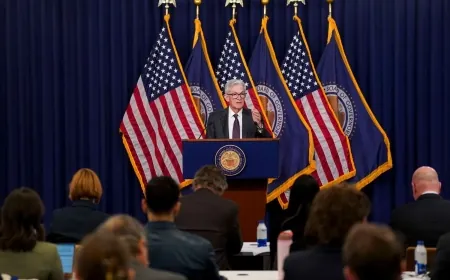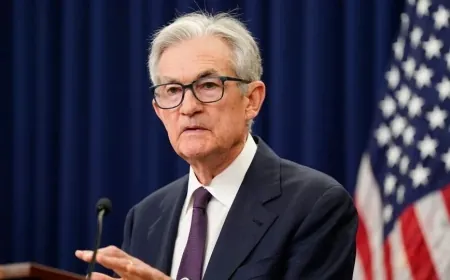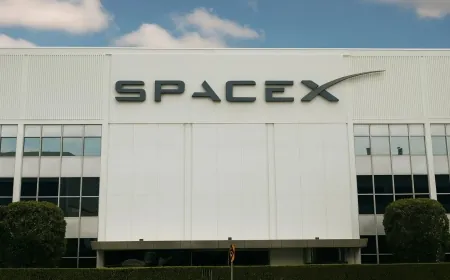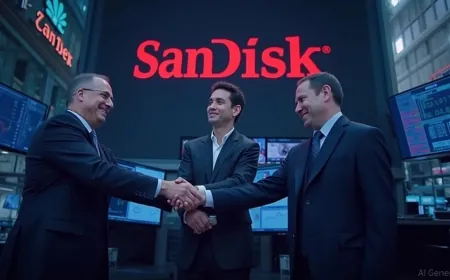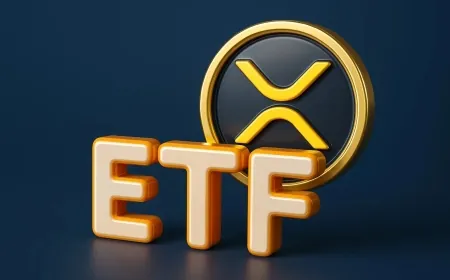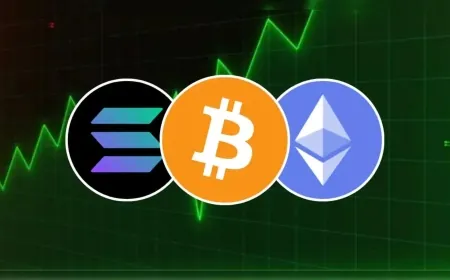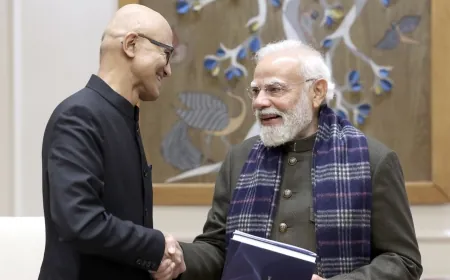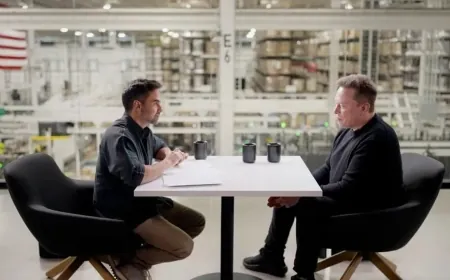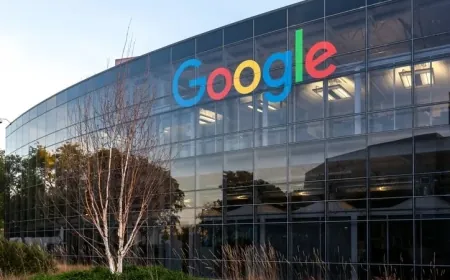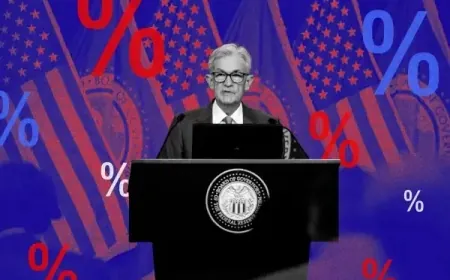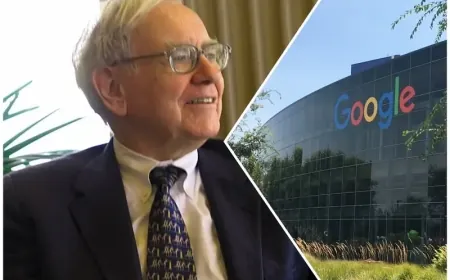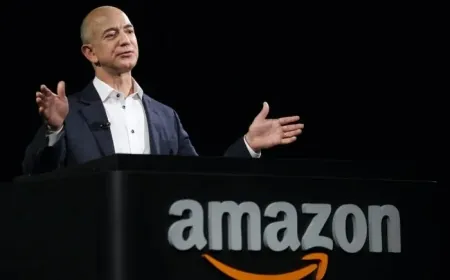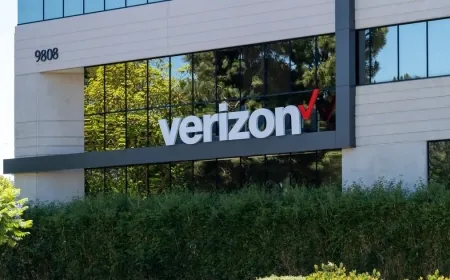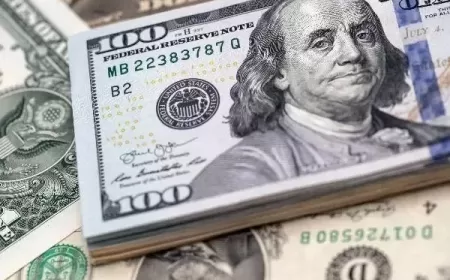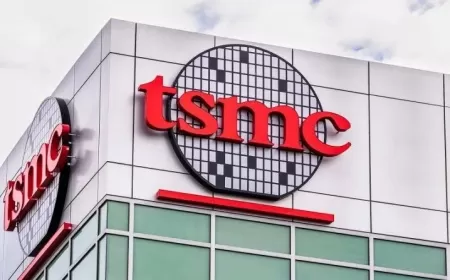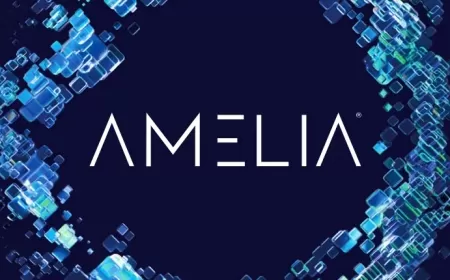Nvidia Becomes World’s Most Valuable Company After Reaching $5 Trillion Market Cap
Nvidia hits a $5 trillion market value following record-breaking AI chip sales and major global tech partnerships with OpenAI, Nokia, and Uber.
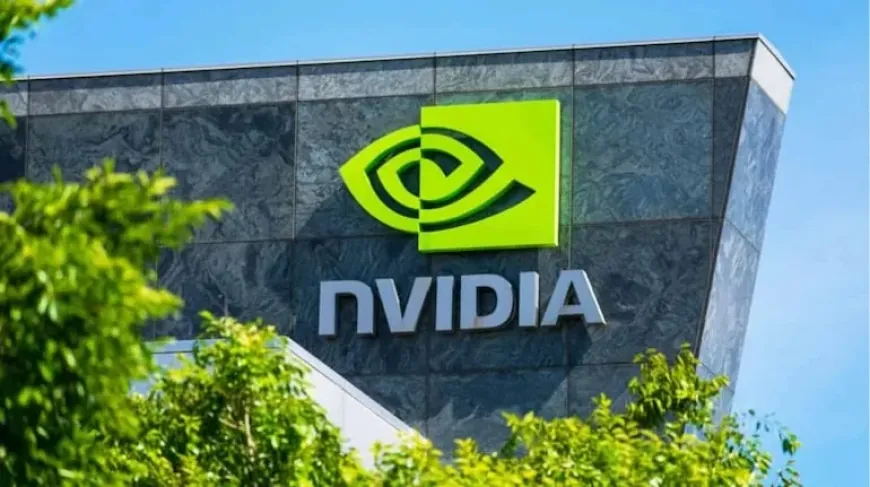
Nvidia has become the first publicly traded company to surpass a $5 trillion market valuation, cementing its position at the center of the global artificial intelligence boom. The milestone comes just three months after the U.S. chipmaker crossed the $4 trillion mark, underscoring the unprecedented speed of its rise.
On Wednesday, Nvidia’s shares climbed to $207.86 in early U.S. trading, giving the company a total market capitalization of about $5.05 trillion. The surge pushed it past Apple and Microsoft, making it the world’s most valuable listed firm. Its valuation now exceeds the combined annual output of Japan and the United Kingdom, according to IMF data.
Nvidia’s Dominance in AI Hardware
Nvidia’s growth is fueled by insatiable global demand for its high-performance chips, which power everything from large language models to advanced data centers. Its processors—particularly the H100 and new Blackwell chips—have become essential infrastructure for companies building AI products, giving Nvidia an unmatched position in the global tech supply chain.
Industry analysts estimate that more than 90% of AI training workloads rely on Nvidia hardware, creating a near-monopoly in high-end computing. The company’s revenue has multiplied over the past two years, with margins far exceeding those of traditional semiconductor peers such as AMD and Intel.
$500 Billion in Long-Term Chip Orders
Nvidia disclosed it has received over $500 billion in confirmed chip orders from cloud providers, research institutions, and government agencies. These contracts, spanning several years, secure supply of its next-generation AI processors amid ongoing shortages.
Chief Executive Jensen Huang said most orders focus on Nvidia’s H100 and Blackwell architectures, which are optimized for large-scale AI training and inference. Analysts say the volume of advance bookings shows customers are locking in capacity early to avoid another wave of hardware scarcity.
Nvidia’s chips are also expanding into medical research, renewable energy modeling, and autonomous vehicle development, broadening its customer base beyond major cloud players like Amazon, Microsoft, and Google.
Strategic Partnerships and Investments
To consolidate its lead, Nvidia has announced several new partnerships and investments across key technology sectors.
-
6G Collaboration with Nokia: Nvidia will invest $1 billion to co-develop 6G network technologies, combining its GPU expertise with Nokia’s telecom infrastructure. Field tests with major mobile operators are expected by 2026.
-
Autonomous Mobility with Uber: The company signed an agreement with Uber to design next-generation robotaxi systems, integrating Nvidia’s DRIVE platform for real-world deployment.
-
U.S. Department of Energy Supercomputers: Nvidia will build seven AI supercomputers for federal research in climate modeling and energy innovation.
-
$100 Billion Data Center Project with OpenAI: Nvidia plans to co-fund new AI data centers with a combined 10 gigawatts of compute capacity, dramatically expanding OpenAI’s ability to train and serve models at scale.
Trade Tensions With China Pose Ongoing Risks
Despite its dominance, Nvidia faces persistent challenges from U.S.–China trade restrictions. Washington’s export controls continue to block shipments of its most advanced GPUs to Chinese firms, forcing Nvidia to design compliant alternatives such as the H20 series.
In August, CEO Jensen Huang confirmed discussions with the Trump administration about developing export-approved chips that maintain partial access to the Chinese market. Beijing, however, has responded with countermeasures, limiting purchases of certain Nvidia chips—a move analysts interpret as leverage in ongoing negotiations rather than a permanent embargo.
The geopolitical standoff underscores Nvidia’s delicate balance between policy compliance and global demand, as both Washington and Beijing seek control over AI hardware supply chains.
Regulators Warn of Market Overheating
Global financial authorities, including the IMF and Bank of England, have cautioned that valuations in AI-related stocks may be outpacing real earnings growth. Nvidia’s price-to-earnings ratio remains among the highest in the sector, prompting concern about sustainability.
Yet, the company’s profitability and order visibility continue to reassure investors. Nvidia’s latest quarterly report showed record revenue growth and industry-leading operating margins—metrics that suggest the company’s current valuation, while steep, is underpinned by concrete demand rather than pure speculation.
Nvidia Takes Lead in Global Tech Rankings
Nvidia’s rise above Apple and Microsoft marks a major realignment in the global technology market. The company’s strength comes from its dominance in advanced computing hardware that underpins artificial intelligence, cloud infrastructure, and scientific research.
Its processors are now standard in data centers operated by Google, Amazon, and Microsoft, as well as in research projects involving healthcare, energy, and national defense. This broad dependence on Nvidia’s chips gives the firm an unmatched presence across the technology supply chain and highlights how central AI computing has become to the global economy.
From $300B to $5T: Nvidia Market Cap (2020–2025)
Market value: Top tech firms (Oct 2025)
Primary Use of Nvidia Chips (est.)
Also Read: Nvidia Receives Dozens of Site Offers for Planned AI Campus in Israel
